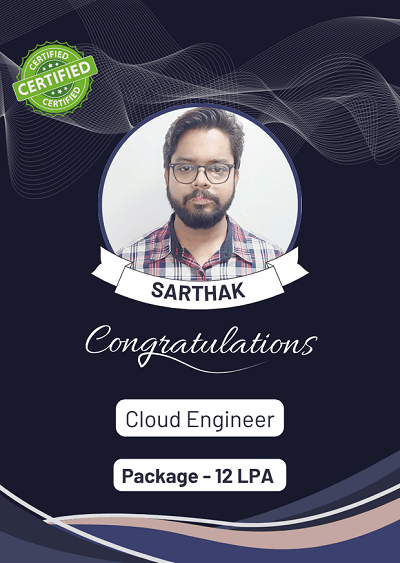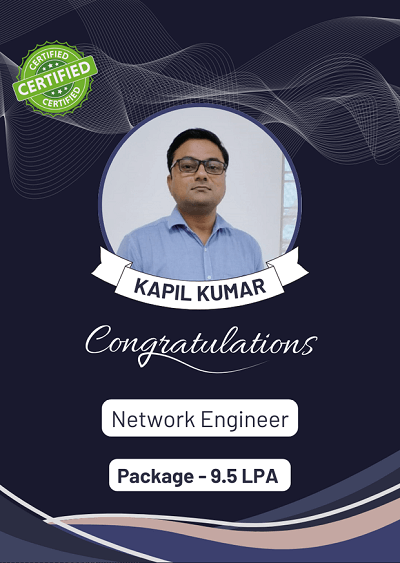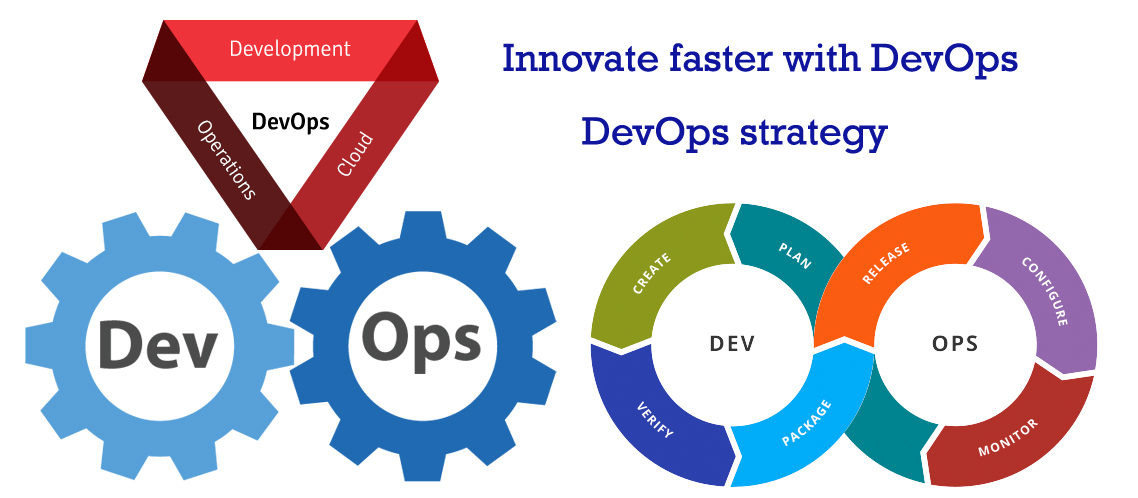Devops Training
Rexton IT offers comprehensive DevOps online training designed for IT professionals aiming to master modern software development and deployment practices. The course covers key DevOps tools and concepts including Git, Jenkins, Docker, Kubernetes, Ansible, Terraform, and CI/CD pipelines. Through hands-on labs and real-world projects, learners gain practical experience in automating infrastructure, managing containers, and deploying applications efficiently. Rexton’s expert instructors ensure in-depth understanding of both development and operations workflows. The training is ideal for system administrators, developers, and IT managers seeking career growth in cloud and DevOps roles. Flexible batch timings and placement assistance are also available for learners.
DEVOPS Certifications
🎯 AWS Certified: DevOps Engineer – Professional
🎯 Microsoft Certified: DevOps Engineer - Expert
🎯 Google Certified: DevOps Engineer – Professional
🎯 DevOps Security: DevSecOps
🎯 Docker Certified Associate
🎯 Certified Kubernetes Administrator
🎯 Certified Kubernetes Security Specialist
DEVOPS JOB PROFILES
Devops Exam and Certification:
AWS Devops Exam Fee in India
✔ Certification: AWS Certified DevOps Engineer
✔ Exam Code: DOP-C02 Professional
✔ Fee: $300 USD
✔ Duration: 180 minutes
✔ Format: Multiple-choice questions
✔ Validity: 3 years
Azure Devops Exam Fee in India
✔ Certification: Microsoft Certified: DevOps Engineer
✔ Exam Code: AZ-400 Expert
✔ Fee: $4865 INR
✔ Duration: 120 minutes
✔ Format: Multiple-choice questions
✔ Validity: 3 years
Get 3X More Salary
| Training | Approx. Yearly Salary |
|---|---|
| DEVOPS | $60,000 – $90,000 |
| AWS DEVOPS | $75,000 – $100,000 |
| AZURE DEVOPS | $85,000 – $110,000 |
| GCP DEVOPS | $90,000 – $110,000 |
Certification Cost
| Training | Duration | Exam Cost |
|---|---|---|
| DOP-C02 AWS Certified DevOps Engineer – Professional | 40 Hours | $300-USD |
| AZ-400: Microsoft Certified: DevOps Engineer Expert | 40 Hours | 4865-INR |
| GCP-Google Professional DevOps Engineer | 40 Hours | $200-USD |
| DCA-Docker Certified Associate | 40 Hours | $195-USD |
| CKA-Certified Kubernetes Administrator | 40 Hours | $395-USD |
| AZ-400: Azure DevOps Engineer | 40 Hours | 4865-INR |
| MS-102: Microsoft 365 Administrator | 40 Hours | 4865-INR |


_14.png)
.png)
_8.png)







.png)
.png)


